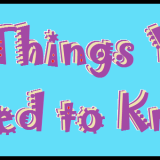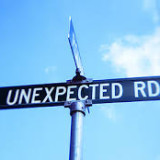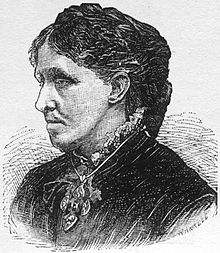Publishing Strategies: Traditional Publishing
It’s been a while, but it’s time we take a moment to talk about what is probably the most popular method of publishing: traditional publishing.
Traditional publishing is that which has brought us all of the greats, from Salinger to Hemingway to Rowling to Meyer (alright, maybe that last one wasn’t great, but she did publish traditionally). This method involves a lot of [professional] begging and a whole heap of luck, but still proves to be the most reliably lucrative strategy even in a world where self-publishing is moving ahead full-force.
When an author wants to publish traditionally, they start with the infamous query letter. (Well, first you have to actually write something, but that generally goes without saying.) This is essentially a professional request to an agent or editor/publisher for them to read your work. For book-length works, it’s almost always necessary to get an agent so querying agents will be the first step of that process. However, for short stories, poetry, and other short works these processes can differ (literary magazines and journals are the best outlet for these works, and can often be queried directly, rather than through an agent).
Once an author secures an agent (which can involve sending many many query letters to many many agents), the agent takes care of a lot of the next step which is securing a publisher. In some cases the agent might first work with an author to revise their work before sending it further on, but this depends on the work and the agent and is only the first set of revisions an author can expect to do on their work through this process.
After a publisher offers to buy the work, the author will likely get an advance – depending on the work, the sales prospects, and the size of the publishing house – and then those additional rounds of editing and revision come into play. The publishing house will also get to work on marketing, putting advance reader copies of the book in the hands of reviewers and bloggers, and doing all the physical stuff like laying out the book and getting a cover designed. Especially around the publication date of the book, the author will be expected to play a big part in the marketing by having a presence online (twitter, facebook, blogging, etc) that will allow them to interact with their potential audience.
Traditional publishing takes a lot of the work out of the author’s hands, which can be a major pro for a lot of people. However, in some cases it can limit your own choices in the forward movement of your own work. Some writers might find themselves losing what they thought was the heart of their work in the process, but others might find the wisdom of industry professionals does a lot to improve their work in ways they couldn’t have imagined otherwise. After all, they have their jobs for a reason and their results hold proven success.
In the end, what matters is choosing the method of publishing that most supports your vision as a writer and what makes you comfortable moving forward with your work. With the right talent an dedication, any strategy can be made a successful one.
This marks the end of our Publishing Strategies series. Have any burning questions about publishing, or the book industry in general? Have anything you’d like to see me ramble about? Let me know in the comments!










1 Response
[…] Publishing Strategies: Traditional Publishing from Lauren at Writing Gooder […]